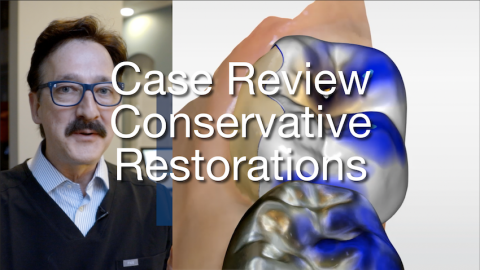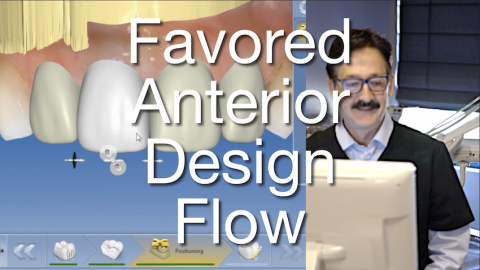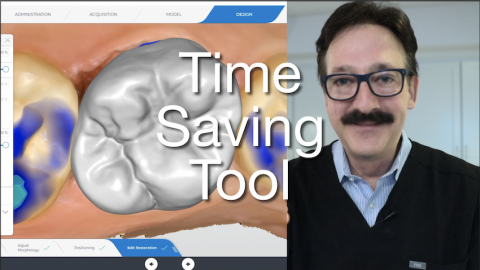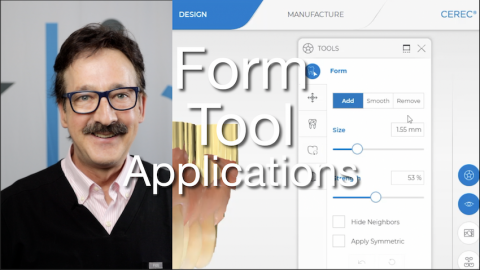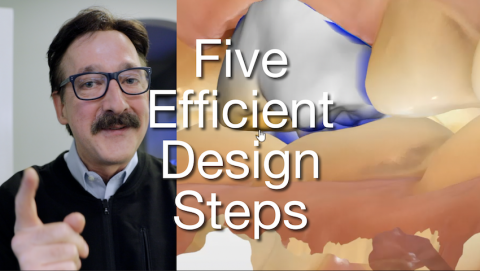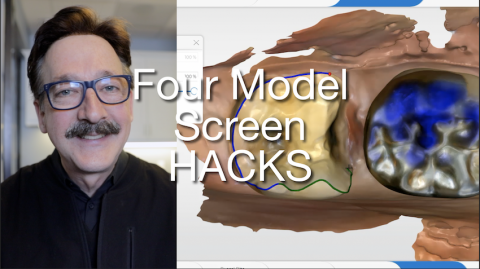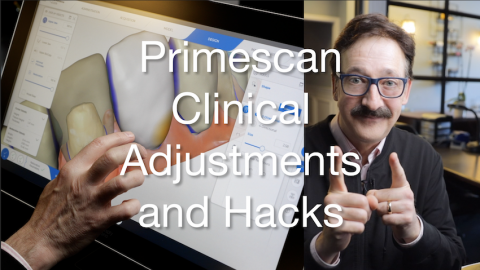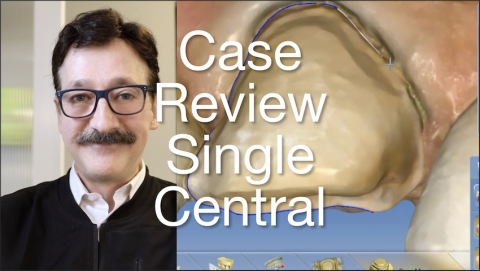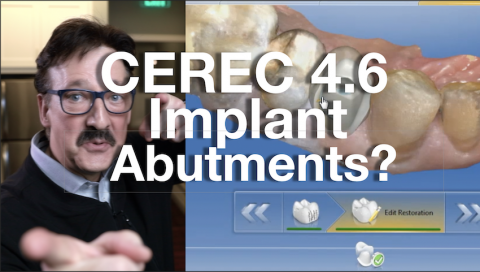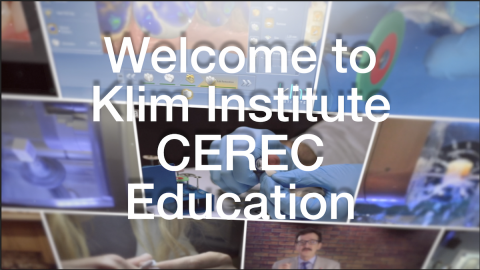When is the conservative CEREC restoration indicated in our treatment portfolio and how does the Primescan handle the conservative preparation scan, design, and mill compared to Omnicam and Bluecam? Unless a crown is being removed for an upgrade, preserving tooth structure with an onlay or inlay can be the optimal way to go. The first part of this video will review four criteria for a conservative restoration and sets up the case review for Part II, the incredible Primescan for scanning conservative preparation design--the best of both Bluecam and Omnicam is now in the Primescan.
Submitted by James Klim DDS, CADStar host on 07/29/2019 - 10:14pm
Submitted by James Klim DDS, CADStar host on 07/21/2019 - 1:29pm
Since the CEREC 3.85 software version, BioCopy anteriorly has not been smooth as I would like to see it!!!. When BioCopy is proposed, often the proximal and cervical zones are concaved and require virtual wax modifications to get the case ready for the mill. The primary reason I prefer BioCopy is to go into the case preplanned for closing the emotional side of the case (emotional closure) and having a preparation guide. BioCopy is a natural flow for design having already closed the case with a mockup or transitional (provisionals).
BioCopy has been one of the greatest advantages using a digital platform; precisely reproducing
Submitted by James Klim DDS, CADStar host on 07/04/2019 - 8:45pm
Submitted by James Klim DDS, CADStar host on 07/01/2019 - 10:35pm
There are two tools I use 90% of the time in my design theater, Form and Shape Two Directional. This video will present the primary design actions I use with the form tool and how best to optimize the paint brush size and strength options. This video is presented with the Primescan interphase. However, the tools and applications are applicable for those still using the Omnicam and CEREC 4.61.
Submitted by James Klim DDS, CADStar host on 06/23/2019 - 10:23pm
This video is a design screen overview for bread and butter posterior dental applications. When applying consistent sequential disciplined design steps, one will discover that the design time will significantly speed up. The design principles and steps in this video apply to 4.6 users as well...just a different graphic interphase between 5.0 and 4.6 CEREC software versions.
Submitted by James Klim DDS, CADStar host on 06/20/2019 - 9:20am
Even with a fully automated model screen, there are four checks I use before proposing to assure restorative fit. This video will share my model screen hacks to save the day. CEREC 4.61 and 5.0 software versions are the same, just different graphics interphase. The principles of this video apply to the 4.61 software version as well.
- Bite Registration
- Model Axis
- Margins
- Insertion Axis
Submitted by James Klim DDS, CADStar host on 06/03/2019 - 1:57pm
Submitted by James Klim DDS, CADStar host on 05/12/2019 - 10:19pm
Restoring a single maxillary incisor presents the greatest blend challenge with dentistry in the smile zone. When the adjacent teeth are in good shape, I stay conservative. With chairside CAD/CAM using the Dentsply Sirona system, the Copy and Mirror is my preferred design approach creating a "DNA form and shape" by copying the adjacent central. The next step is choosing the ceramic that blends best for the case. Since the ceramic and cement refractory behavior will change once cemented, so will the value and blend. In my blend theater, I prefer placing a transitional restoration that is machined with the projected ceramic and luting
Submitted by James Klim DDS, CADStar host on 01/16/2019 - 7:03am
One of the features in CEREC I appreciate the most is designing and creating customized abutment/crown one or two piece restorations. CEREC 4.52 has been a smooth acquisition, design, and production process for implant restorations. Have been very pleased! One hassle for implant/abutment in CEREC 4.6 has been minimal thickness defaults and not being able to modify the metric settings for unique implant design and milled cases. As a result, some cases cannot be milled. This hassle in 4.6 has been frustrating for me. However, I did keep 4.52 on my system which has been seamless for implant design and production. So my go-to CEREC
Submitted by James Klim DDS, CADStar host on 01/15/2019 - 9:37am
Welcome to the Klim Institute CADStar.tv online education and training. We are privileged to serve you with our online educational campus. We are viewed in over 150 countries. This number demonstrates how committed we are to providing quality, timely, and meaningful online content. We invite you to ask questions and respond with your comments either on our Ask Dr. Klim Forum, Message feature for member communication, and encouraging comments below every video. We upload new content videos each week that stay current with digital technology and related products and respond to asked questions. We are also growing our online CE. The

